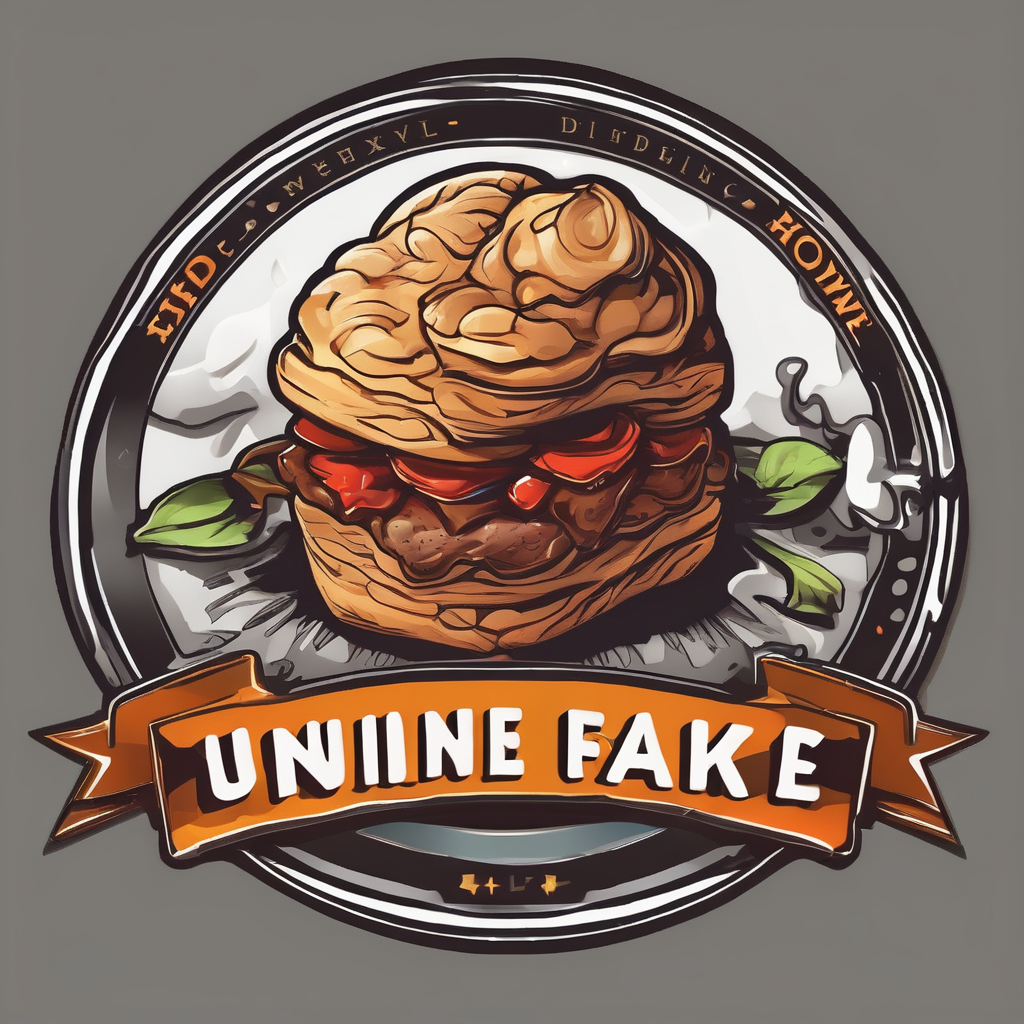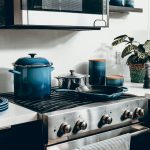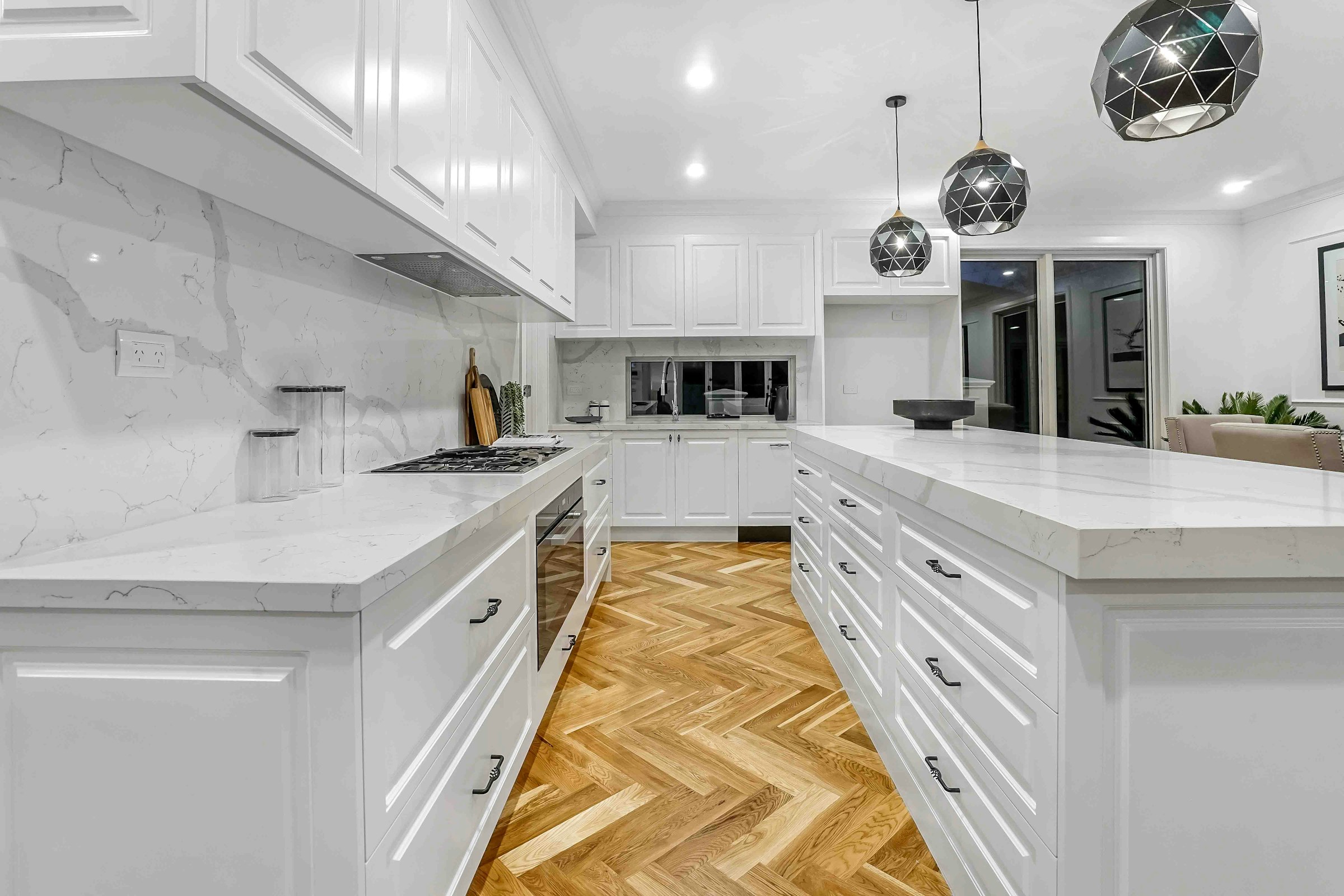Imagine a kitchen free from dust, crumbs, and allergens. A centralized vacuum system can achieve that, transforming your culinary space into a pristine haven. This innovative solution not only streamlines cleaning but significantly reduces allergens like pollen, pet dander, and dust mites. Embracing this technology can enhance your kitchen's environment, making it healthier and more inviting. Discover how to simplify your cleaning routine while promoting well-being in your home.
Overview of Centralized Vacuum Systems
Centralized vacuum systems are a revolutionary solution for maintaining kitchen cleanliness and ensuring efficient allergen removal. Unlike traditional vacuum cleaners, these systems are installed within the building structure, with pipes running through the walls to a central unit located in a remote area, such as a basement or garage. This design allows for a more thorough cleaning process as the vacuumed debris is collected in a central canister, reducing the need for frequent emptying and minimizing contact with allergens.
Also to discover : Unlocking Healthier British Cooking: The Efficiency of Programmable Air Fryers for Low-Fat Meals
One of the primary benefits of centralized vacuum systems is their superior allergen removal capability. By expelling dust and allergens outside the living area, they significantly improve indoor air quality, making them ideal for households with allergy sufferers. Additionally, these systems contribute to enhanced kitchen cleanliness by efficiently removing fine dust and crumbs that often accumulate in hard-to-reach areas.
When compared to traditional vacuum systems, centralized vacuum systems offer several advantages. They are generally quieter, as the motor is located away from the living areas, and they provide more powerful suction, leading to a more effective cleaning experience. Moreover, the lightweight hose and attachments make maneuvering around the kitchen and other spaces easier, reducing the physical strain often associated with conventional vacuums.
Additional reading : Transform Your Kitchen with Inspirational Quotes: A Creative Approach to Promoting Healthier Eating Habits
Overall, centralized vacuum systems present a compelling option for those seeking a cleaner, healthier home environment.
Effectiveness in Allergen Removal
Centralized vacuum systems excel in allergen removal, providing substantial health benefits by capturing and containing allergens effectively. Unlike portable vacuums, these systems are designed to expel dust and allergens outside the living space, thereby enhancing indoor air quality. Scientific studies have shown that centralized systems can reduce airborne allergens significantly, contributing to a healthier home environment.
The impact on indoor air quality is profound, as these systems prevent the recirculation of dust particles. By channeling debris directly to a central canister, they minimize the risk of allergen exposure, which is particularly beneficial for individuals with allergies or asthma. Improved air quality not only alleviates allergy symptoms but also promotes overall well-being, making centralized vacuum systems a wise investment for health-conscious households.
Installation Tips
Installing a centralized vacuum system can be a rewarding project, whether you choose to tackle it yourself or hire a professional. Understanding the installation process is crucial to ensure a successful setup that maximizes the system's efficiency and effectiveness.
Planning and Layout Considerations
Before beginning the installation process, it's essential to carefully plan and assess your home's layout. Consider the ideal locations for vacuum inlets; they should be strategically placed to cover as much area as possible with minimal effort. Assess the space requirements for the central unit, ensuring it fits comfortably in a remote area like a basement or garage. Proper planning will help avoid unnecessary complications during installation.
Professional vs. DIY Installation
Deciding between a professional installation and a DIY installation depends on your technical skills and comfort level with home improvement projects. Professional installers bring expertise and experience, potentially saving time and ensuring optimal performance. However, a DIY installation can be a cost-effective option for those who are confident in their abilities and willing to invest the time to learn the process.
Common Installation Challenges
Several challenges can arise during the centralized vacuum system installation. Choosing the right location for vacuum inlets is critical; they need to be accessible yet discreet. Assessing space requirements and layout can be tricky, especially in older homes with limited space. Additionally, having the right tools and materials on hand is essential to prevent delays. Common tools include a drill, saw, and measuring tape, while materials might include PVC piping and mounting brackets. Proper preparation and planning can help overcome these challenges, ensuring a smooth and successful installation.
Maintenance Advice
Proper maintenance of your centralized vacuum system is crucial for ensuring its longevity and optimal performance. Regular upkeep not only keeps the system running efficiently but also helps in identifying potential issues before they become significant problems.
Routine Maintenance Tasks
To maintain your centralized vacuum system, start by emptying the central canister regularly to avoid overfilling, which can reduce suction power. Check and clean filters every few months to ensure they aren’t clogged with dust and debris. Inspect hoses and attachments for any blockages or wear and tear, and replace them if necessary. Regularly examine the system's inlets to ensure they are free from obstructions, which can impede airflow.
Troubleshooting Common Issues
If you encounter a loss of suction, check for blockages in the hose or pipes. Ensure that the central unit's motor is functioning correctly and that there are no electrical issues. If the system is noisier than usual, it may indicate a problem with the motor or fan, requiring professional inspection. Addressing these common issues promptly can prevent more severe damage and costly repairs.
Lifespan of Components
Understanding the lifespan of your centralized vacuum system's components can help in planning replacements. Filters typically need replacing every few years, whereas hoses and attachments may last longer with proper care. The motor, a critical component, can last over a decade but may require replacement if performance declines significantly. Regular maintenance and timely replacement of worn components will extend the system's overall lifespan, ensuring it remains a valuable asset to your home.
Cost Considerations
Investing in a centralized vacuum system requires careful cost analysis to balance the initial expense against potential long-term savings. The initial investment can be substantial, often ranging from a few hundred to several thousand pounds, depending on the system's complexity and the size of the home. However, these systems can lead to long-term savings by reducing maintenance costs and extending the lifespan of the vacuum components.
Factors Influencing the Cost of Installation
Several factors influence the centralized vacuum systems pricing. The size of your home is a primary consideration, as larger homes require more extensive piping and additional inlets, increasing labour and material costs. The choice between a professional installation and a DIY approach also affects the budget, with professional services generally costing more but offering expertise and efficiency.
Potential for Increased Home Value
A well-installed centralized vacuum system can enhance your home's appeal, potentially increasing its market value. Buyers often appreciate the convenience and health benefits these systems offer, making them a desirable feature in property listings. While the initial budget might seem high, the potential for increased home value and the savings on maintenance can make this investment worthwhile in the long run.
User Testimonials and Case Studies
Customer experiences with centralized vacuum systems highlight their transformative impact on kitchen hygiene. Many users have shared success stories, noting significant improvements in cleanliness and air quality. One user remarked, "Our kitchen has never been cleaner; the system effortlessly handles crumbs and dust!" This sentiment is echoed by others who appreciate the ease of maintaining a spotless kitchen environment.
Case studies provide further insight into the effectiveness of these systems. Before and after comparisons often reveal dramatic differences, with kitchens appearing noticeably cleaner and more inviting. Users frequently mention the reduced effort required to maintain hygiene, thanks to the powerful suction and efficient design of centralized vacuums.
Testimonials from satisfied customers emphasize the value of these systems. One customer stated, "Installing a centralized vacuum was the best decision for our home. It’s quieter and more efficient than any vacuum we've had before." Such feedback underscores the practical benefits and satisfaction experienced by homeowners, reinforcing the appeal of these systems for those seeking a cleaner, healthier living space.
Comparison with Traditional Vacuum Methods
Centralized vacuum systems offer distinct advantages over traditional vacuum methods, especially in terms of performance and convenience. One of the most notable differences is in efficiency. Traditional vacuums often struggle with consistent suction power as their bags fill up, whereas centralized systems maintain strong suction throughout use, ensuring a thorough clean.
In terms of cost-effectiveness, centralized systems may have a higher initial investment but often prove more economical over time. They require less frequent maintenance and component replacement compared to traditional vacuums, which can lead to long-term savings. Additionally, the convenience of a centralized system, with its lightweight hose and easy maneuverability, enhances user experience, reducing the physical strain associated with lugging around a traditional vacuum.
User experiences further highlight these benefits. Many users report that centralized systems provide a more seamless cleaning experience, with less noise and disruption. This contrasts with traditional vacuums, which can be cumbersome and noisy, often interrupting daily activities. Overall, centralized vacuum systems present a compelling case for those looking to upgrade from traditional methods.
Health Benefits of Cleaner Kitchen Environments
A clean kitchen does more than just sparkle; it offers significant health benefits. Maintaining a spotless kitchen environment is crucial for reducing allergy symptoms. Dust, crumbs, and other allergens often accumulate in kitchens, potentially triggering reactions. By ensuring thorough cleanliness, you can help mitigate these irritants, providing much-needed allergy relief for sensitive individuals.
Beyond the physical health advantages, a clean kitchen also contributes to psychological well-being. The act of cleaning and the resulting orderly space can reduce stress and create a sense of calm. This psychological boost is an often-overlooked benefit but plays an essential role in overall health.
To maintain a clean kitchen environment, consider adopting a few simple practices. Regularly wipe down surfaces to prevent the build-up of dust and allergens. Ensure proper ventilation to reduce moisture and mould growth. Using a centralized vacuum system can also enhance cleanliness by efficiently removing debris from hard-to-reach areas. By prioritizing kitchen hygiene, you not only create a healthier space but also foster a more pleasant and inviting home.











